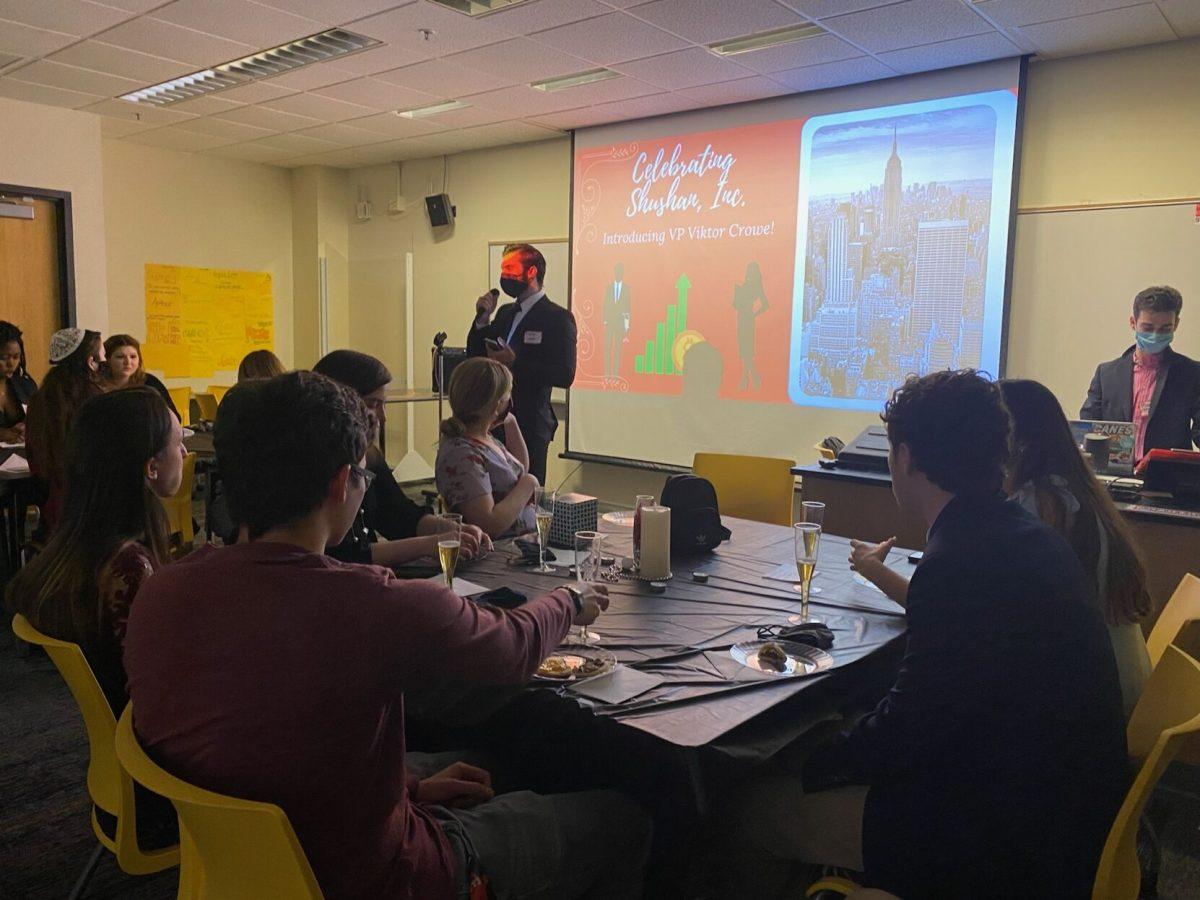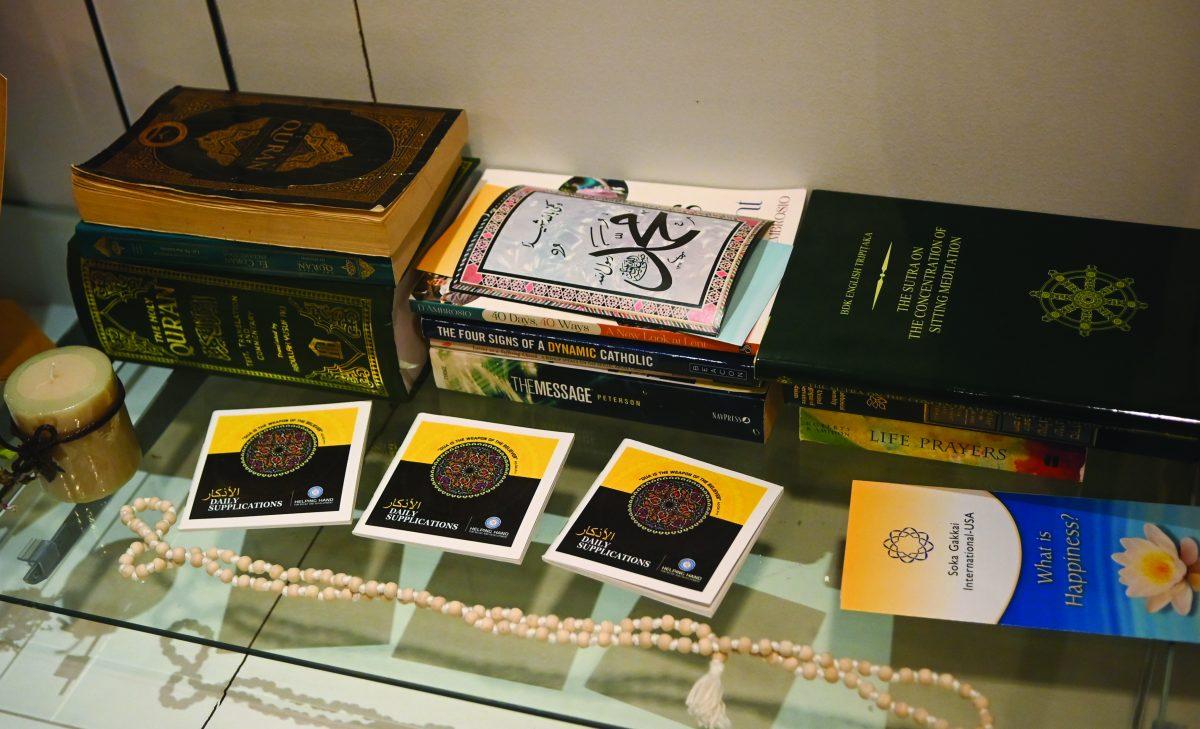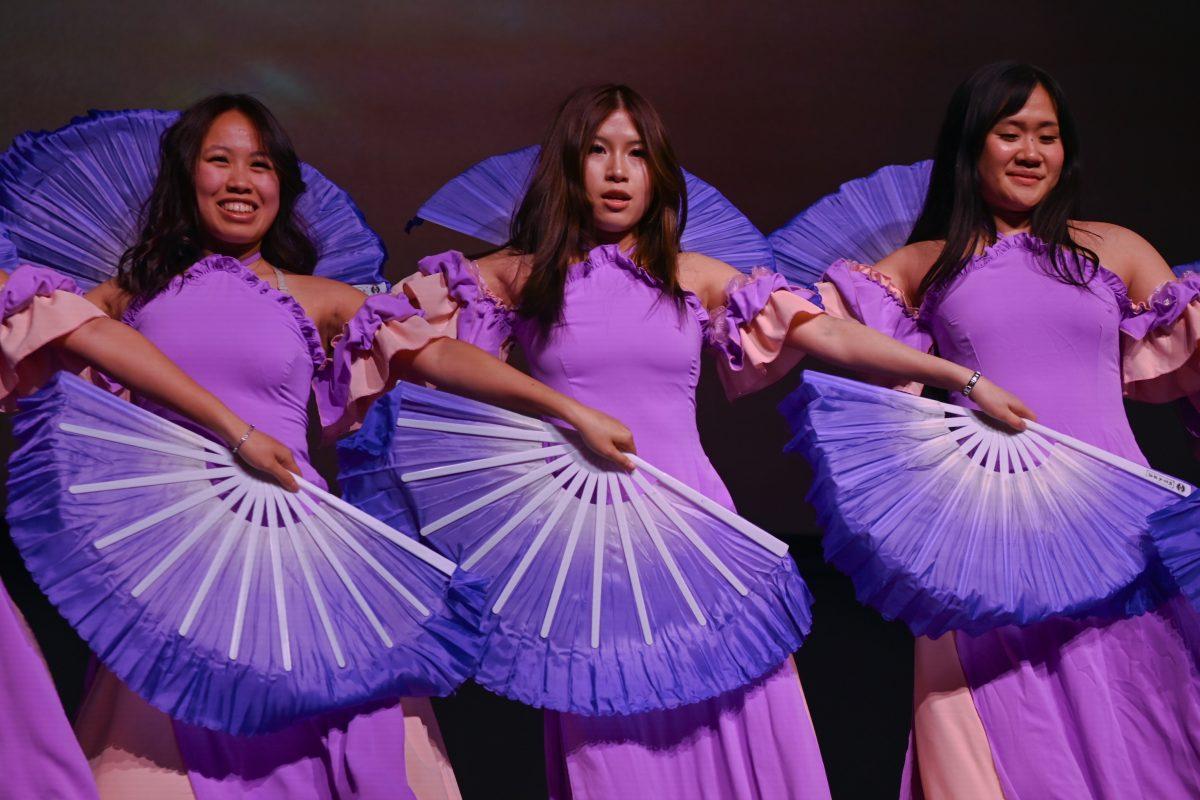Commemorating the saving of the Jewish people as outlined in the book of Esther, the holiday of Purim is celebrated with costumes, food, drinking and reflection upon an ancient story relevant to today. This year, Purim falls over spring break, but students are still celebrating on campus before the vacation.
The Purim story takes place in the Persian empire and begins when Queen Vashti refuses an order to appear before King Ahasuerus and his party guests, resulting in her execution. The King then hosts a beauty pageant and selects Esther, a Jewish orphan, to be his new queen.
However, the King is unaware of Esther’s faith, and the prime minister and villain of the story, Haman, had been leading a genocide of the Jewish people. Caught in an extremely tough position, Esther, with some guidance from her uncle, Mordecai, bravely confesses her faith to the King and convinces him to stop the attack on her people.
Although commemorating a story that isn’t completely happy, Purim looks beyond some of the morbid events to joyfully celebrate the story’s outcome.
“A lot of Jewish history is kind of dark and sad, but Purim is special because it’s very uplifting or like kind of a hopeful message,” said Adam Sichel, a third-year in international studies and president of the NC State chapter Hillel, a Jewish student organization. “It’s all about dressing up in costumes and drinking and eating, and it’s a very festive, celebratory holiday.”
The main tradition of Purim is a verbal reading of the Purim story in a melodrama of sorts. People of all ages, especially children, dress up in costumes either as characters from the story or as unrelated characters, similar to Halloween. Members of the audience also react to certain parts of the story, generating a loud and often rowdy experience.
“You read the story out loud, and when you hear the name Haman, every time, all the kids have [noise makers],” said Sarah Gindes, campus director for the NC State chapter of Hillel. “You’re not even supposed to hear his name, you’re supposed to scream over it.”
Food and drinking are also heavily involved in the holiday’s festivities, according to Julie Mell, associate professor in the department of history and co-coordinator for Jewish studies at NC State. Mell has a doctorate in Jewish studies.
“There’s a custom of fasting the day before, [then] feasting and a lot of drinking,” Mell said. “The other main custom is to give small gifts of food to your friends and people in the synagogue.”
According to Gindes, Mell and Sichel, one of the staple foods shared at Purim is Hamantaschen, a cookie with fruity or chocolatey filling in the shape of a triangle, resembling the prime minister’s hat worn by Haman in the story.
Along with the boisterous, carnival-like celebration, Purim also inspires reflection on the story and its parallels to today. With themes of feminism, faith, courage and more, many people relate to the story differently every year.
“It encourages dialogue,” said Gindes. “You read the story out loud, and then everyone is dressed up as those characters, and then you talk about it. So there’s this constant dialogue, it’s a living document where [the story] means something to us at different times in our lives.”
Officially, Purim is observed from sundown to sundown on March 16-17. However, to celebrate before spring break, Hillel hosted a murder mystery event on Friday, March 4.
“I wanted to do something different and fun in terms of how we celebrate it,” Sichel said. “The event is a murder mystery… so the idea is that you get a character and you role play as that character. A murder happens at this banquet and the rest of the time is figuring out who did it, you have to talk with other people. Every person reflects the characters in the actual Purim story so at the very end, once the murder has been revealed, we will read the Purim story and see how it relates.”
The event, open to people of all religions and all levels of devotion, was also meant as a way to tell people about Purim and facilitate discussion in an entertaining way.
“We have such a spectrum of religious-ness,” Sichel said. “We have people that grew up very orthodox, very strict… and then we have people that are converting and are really just curious and learning about Judaism, so the goal of the event [is that] people just learn about the story in a really fun, college appropriate way.”
Within the Jewish community, Purim marks a time to gather in high spirits and enjoy a loud, festive celebration of the saving of one’s people through a perpetually relevant story. Regardless of one’s beliefs, the themes and messages presented in Purim can appeal to anyone’s learning and enjoyment.














